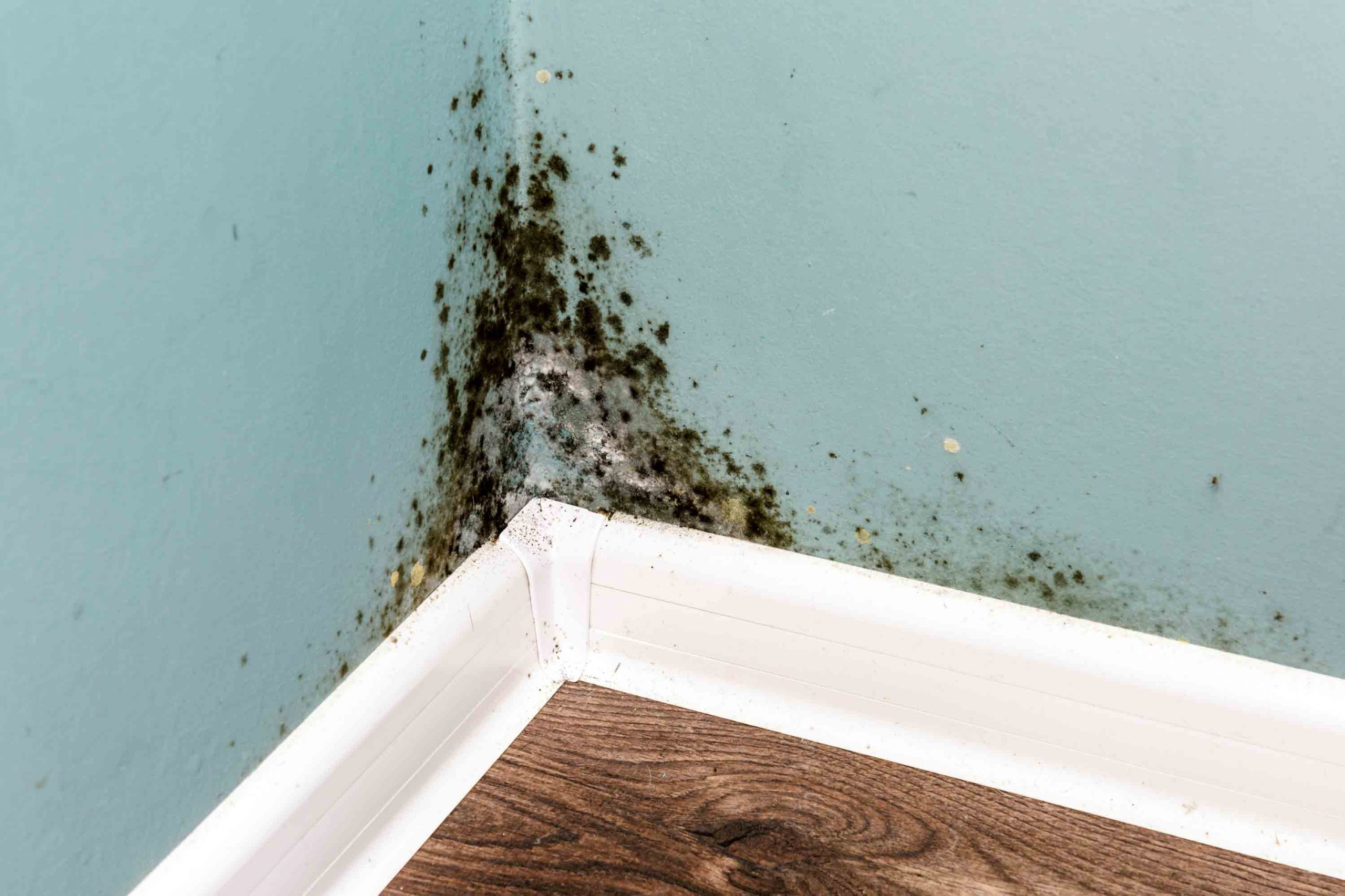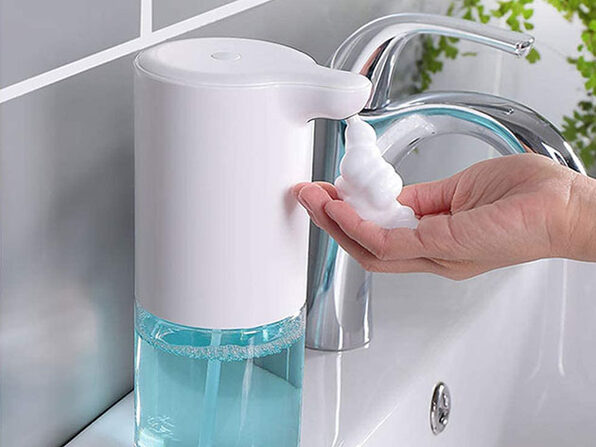Housing disrepair encompasses a range of serious issues that affect a property’s habitability and jeopardise the health and safety of its residents. These issues may include structural problems, dampness, mould, leaks, faulty plumbing or heating systems, electrical faults, pest infestations, and any other conditions that render the property unfit for living or cause discomfort.
If your requests for necessary repairs have gone unanswered by your landlord, you may be eligible to claim compensation for housing disrepair.
Table of Contents
Providing Evidence of Reporting the Issue
The initial step in building a strong case is to demonstrate that you’ve reported the disrepair to your housing association or council landlord. This entails collecting all correspondence you’ve had with them, whether through emails, text messages, or recorded phone conversations. Keeping an organized record of these communications is essential to prove that you’ve alerted them to the issue.
If you’ve reported the disrepair via a phone call, consider seeking witness statements to validate the circumstances. If possible, take screenshots of your call history.
Collecting Evidence of the Disrepair
To substantiate your claim, it’s imperative to gather evidence of the actual disrepair. Taking photographs of the issue, especially before seeking legal assistance, is highly effective. These photos serve as a visual record, showcasing the extent and duration of the disrepair. In some cases, engaging a surveyor or structural engineer for a specialist assessment may be necessary to evaluate the issue’s severity and cause.
Documenting Damage to Your Belongings
In cases where the disrepair has resulted in damage to your personal belongings, document the affected items through photographs. Additionally, it’s essential to retain receipts for any items that were replaced or repaired. This includes damaged clothing, furniture, and soft furnishings. Make sure to document any item that has been impacted.
Evidence of Physical Injuries
If the disrepair has led to physical injuries or worsened existing health conditions, consult your GP for a proper diagnosis and treatment. Request a copy of your medical records, as they can serve as evidence linking your health issues to the housing disrepair. Depending on the severity of the injuries, you may require a medical expert’s assessment and report.
Financial Losses
For those who have suffered financial losses due to housing disrepair, it’s crucial to gather evidence supporting your claim. This may encompass past and future earnings, expenses for temporary accommodation, travel costs, medication, specialist equipment, and utility bills. Keep a meticulous record of all relevant expenses and retain receipts whenever possible. Bank statements, pay slips, and utility bills can also serve as supporting evidence.
Documenting Other Damages
In addition to physical injuries and financial losses, you may have experienced other damages, such as stress and inconvenience. To substantiate your claim, provide a witness statement describing how these damages have impacted your life. This statement can shed light on the non-financial repercussions of housing disrepair.
Photographing the Disrepair
When it comes to photographing disrepairs, inspection and preparation are key. Inspect both the interior and exterior of your premises, making a list of areas that require attention. For optimal lighting conditions, conduct your photographic documentation during daylight hours.
When examining the property’s exterior, pay close attention to issues with the guttering, roof, windows, brickwork, and chimney stack. Inside, common signs of disrepair include structural cracks, dampness, mould, leaks, and broken fittings. Ensure that your photographs accurately depict these problems, and avoid any retouching. Efficiently document the disrepair by following a simple three-step process. Begin by taking close-up photographs from different angles, focusing on the affected area. Next, zoom out slightly and capture wider shots to provide context regarding the location and extent of the disrepair. Lastly, take photographs of the entire room to offer a comprehensive view.
Repeat these steps for each room affected by disrepair. In some cases, consider using videos, especially when documenting water leaks or malfunctioning heating systems.
Bad Lighting Conditions
What are bad lighting conditions? Bad lighting conditions in photography refer to situations where the available light is insufficient, uneven, or harsh, making it challenging to capture well-exposed and clear photographs. These conditions can include low light levels, strong shadows, or extreme contrasts, all of which can negatively impact the quality of your images.
How to act? First, adjust your camera settings by using the exposure compensation feature if available, typically represented by a “+/-” symbol. Increase exposure slightly to brighten your photos. Additionally, set your phone to HDR mode to capture more detail. Steady your hands or use a tripod to avoid blurriness. Utilize the grid feature on your camera app to compose your shots. Lastly, consider using external lighting sources, such as a flashlight or a smartphone with the flashlight on, to improve the lighting for your subject.
What’s Next?
By following the steps outlined in this guide, you’ll be well-prepared to gather the necessary evidence to support your housing disrepair claim. Maintain a systematic record of all relevant correspondence, photographs, receipts, medical documents, and witness statements. Organise your files by naming them according to the disrepair and the room they pertain to for easy tracking and organization.
Finally, reach out to a housing disrepair solicitor and discuss the evidence you’ve collected. Many of them offer their services on a No Win No Fee basis, meaning you won’t incur fees unless your case succeeds. With the guidance of experienced housing disrepair solicitors, you can build a robust case and enhance your prospects of receiving fair compensation for your losses.
Don’t forget to inquire with your solicitor about the most effective way to submit evidence. In cases where your photos or recordings have large file sizes, utilizing services like Google Drive or other free transfer platforms may be necessary.













